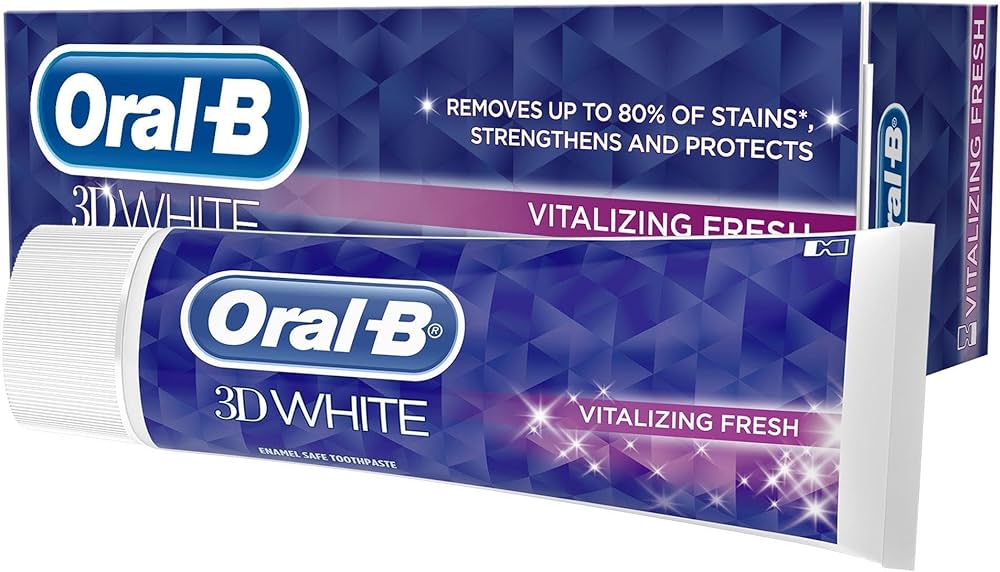Maintaining proper oral hygiene requires understanding the different types of teeth and their specific care. In this post, we will explore the various types of teeth, their shapes, braces, brackets, bridges, colors, and more, to give you a complete guide to dental care.
1. Types of Teeth in Humans
Humans have four main types of teeth:
- Incisors: Used for cutting food.
- Canines: Designed for tearing food.
- Premolars: Responsible for crushing and grinding.
- Molars: Provide heavy-duty grinding and chewing. Wisdom teeth, a third set of molars, may emerge in some people in late adolescence.
2. Types of Teeth Shapes
The shape of your teeth helps determine their function. Common shapes include:
- Chisel-shaped incisors for cutting.
- Pointed canines for tearing.
- Flattened premolars for crushing.
- Broad molars with ridges for grinding.
3. Types of Teeth Braces
Braces help correct misaligned teeth. Common types include:
- Traditional metal braces: Durable and effective.
- Ceramic braces: Less noticeable due to tooth-colored material.
- Lingual braces: Placed on the inner side of teeth.
- Clear aligners (Invisalign): Removable, nearly invisible trays.
4. Types of Teeth Brackets
Brackets are the small components attached to teeth for braces. These include:
- Metal brackets: Strong and reliable.
- Ceramic brackets: Blend with teeth for a less obvious appearance.
- Self-ligating brackets: Use clips instead of rubber bands for faster adjustments.
5. Types of Teeth Bridges
Dental bridges fill the gaps left by missing teeth. Types include:
- Traditional bridges: Use crowns on adjacent teeth.
- Cantilever bridges: Supported on only one side of the gap.
- Maryland bridges: Bonded to the back of adjacent teeth.
- Implant-supported bridges: Secured by dental implants for extra stability.
6. Types of Teeth Colors
Teeth can vary in color due to genetics, diet, and habits. Common shades include:
- White to off-white: Natural tooth color.
- Yellowish tint: Often caused by enamel thinning or staining.
- Grayish: May indicate internal staining or damage.
7. Types of Teeth Whitening
For a brighter smile, various teeth whitening options exist:
- In-office bleaching: Fast and effective but requires a dentist.
- At-home kits: Include trays, gels, or strips.
- Whitening toothpaste: Can help with surface stains but won’t change natural color drastically.
- Laser whitening: Advanced technique that accelerates the whitening process.
8. Types of Teeth Cleaning
Teeth cleaning is vital to oral health and can be done in several ways:
- Routine brushing and flossing: Everyday care for plaque removal.
- Scaling and root planing: A deep cleaning for people with gum disease.
- Prophylaxis cleaning: Professional cleaning by a dentist every six months.
- Periodontal cleaning: Necessary for advanced gum disease.
9. Types of Teeth Cavities
Cavities are caused by tooth decay and can affect different areas:
- Pit and fissure cavities: Form on the chewing surfaces of molars.
- Smooth surface cavities: Develop on the flat exterior surfaces of teeth.
- Root cavities: Occur when gums recede and expose the roots.
10. Types of Teeth Crowns
Crowns are used to restore damaged teeth. Types include:
- Metal crowns: Long-lasting and durable.
- Porcelain-fused-to-metal crowns: Combine strength and aesthetics.
- All-ceramic crowns: Offer the best natural appearance.
- Temporary crowns: Used while waiting for a permanent one.
11. Types of Teeth Fillings
When cavities form, fillings are needed to restore the tooth. Common types include:
- Amalgam (silver) fillings: Durable but noticeable.
- Composite resin fillings: Tooth-colored and aesthetically pleasing.
- Gold fillings: Long-lasting but more expensive.
- Ceramic fillings: Offer natural appearance and durability.
12. Types of Teeth Gaps
Teeth gaps (diastema) can occur for various reasons, such as:
- Genetics: Natural space between teeth.
- Thumb-sucking: This may cause gaps in young children.
- Gum disease: This can lead to shifting and gaps in adult teeth. Solutions include braces, clear aligners, or veneers.
13. Types of Teeth Jaw Issues
Jaw alignment and health affect teeth positioning. Common conditions include:
- TMJ (Temporomandibular Joint Disorder): Causes pain and discomfort in the jaw.
- Overbite/Underbite: Misalignment of the teeth can lead to jaw discomfort.
- Bruxism: Teeth grinding can wear down enamel and stress the jaw.
By understanding the different types of teeth and the available dental treatments, you can make informed decisions to maintain your oral health and achieve a beautiful smile. If you have specific concerns, consulting a dental professional is always the best approach.




